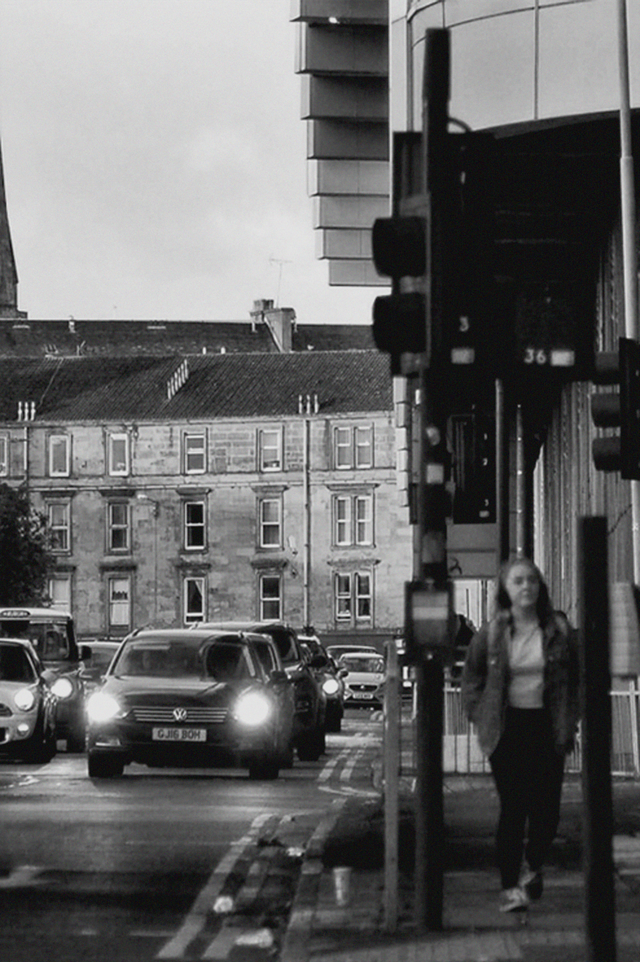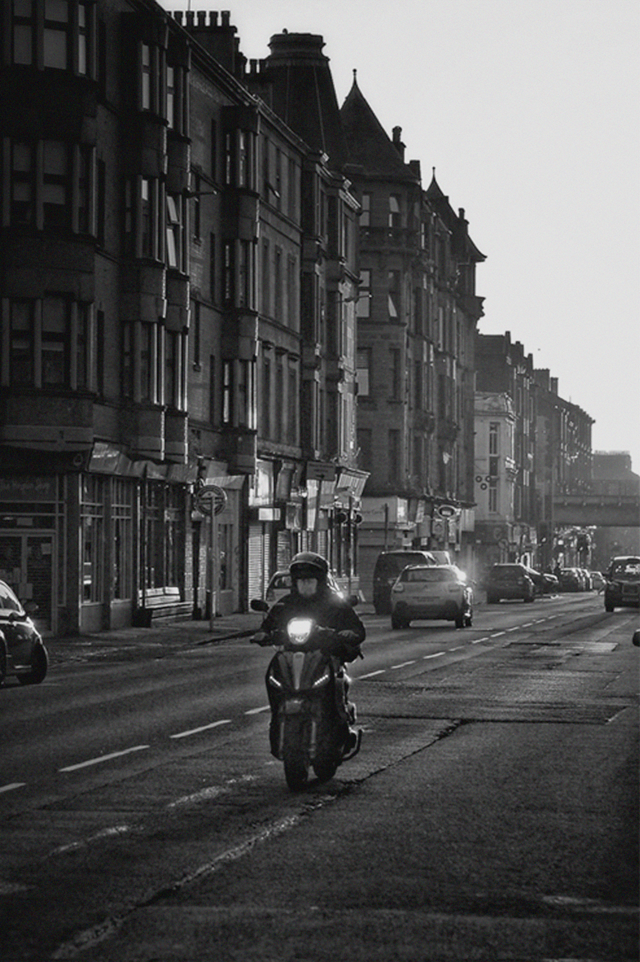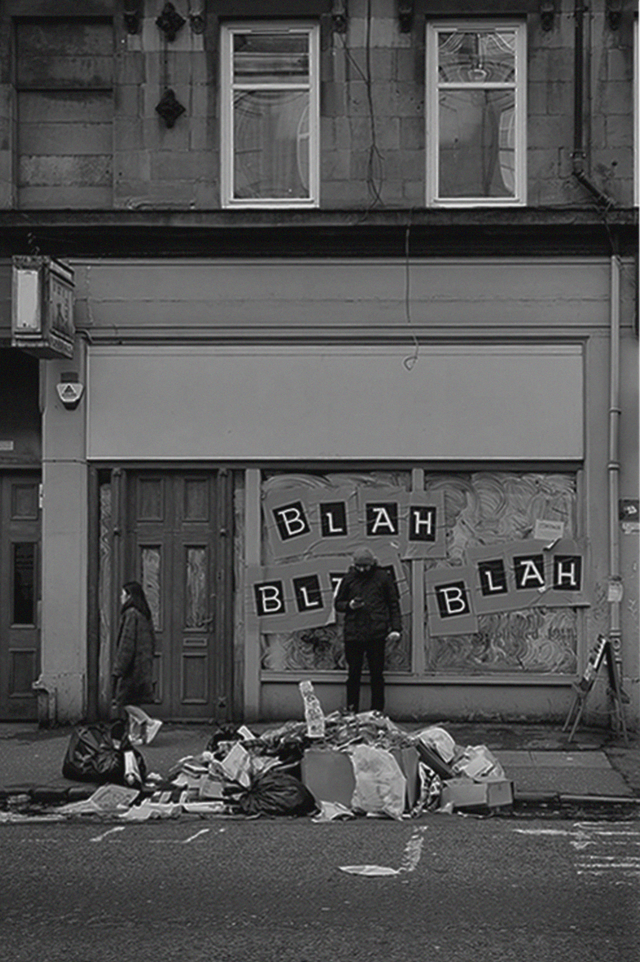The street isn’t just an element of a city but rather a social space, a place not only for vehicular travel but also as a space where social actualities, involving all economic groups, take place. All social classes use this street, but they do not meet there.
As a thoroughfare, the streets are unavoidable. On the street, speed is a social characteristic—depending on their social status, people use cars, motorbikes, bicycles, or they walk. Those who can afford it, sit in the back of their cars, behind their driver, protected by tinted windows, air-conditioned, in a space totally isolated from the surroundings, or in another word you could say, comfortable. Less well-off traffic participants share their day-to-day journey not only with strangers, but also with the cold, dust, noise, and pollution.
If you look close enough, it is as though a city is not meant to have any aesthetic quality because of these fault lines. It doesn’t matter how well the city is designed, it will always be chaotic because every motion will become an inevitable consequence that will lead you to experience the city—as fragmented, confusing, overwhelming, or detailed it may be.


